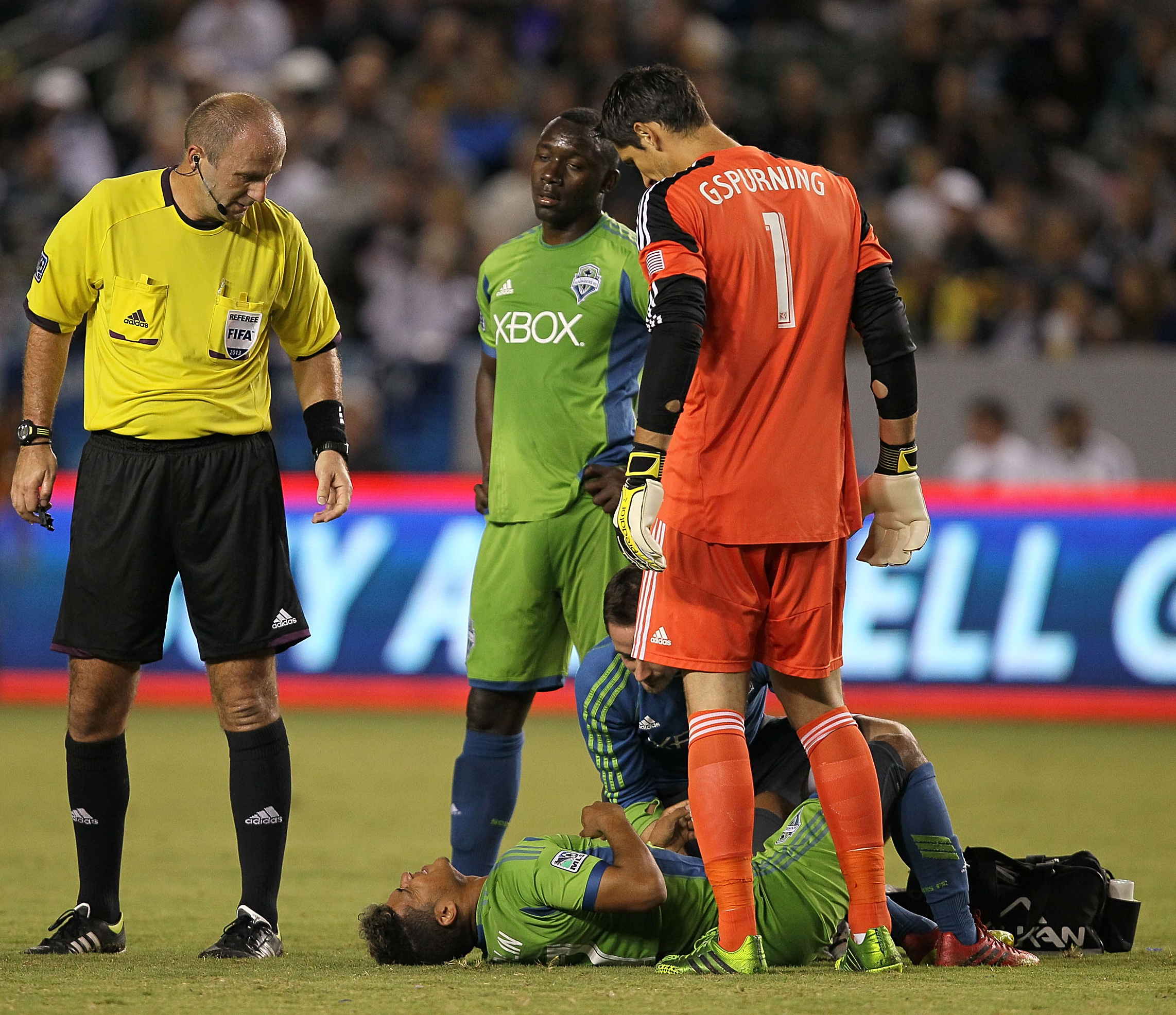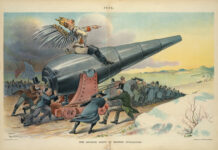There is a game that is played in US, and in other parts of the world, much like the game of football.
When one player encounters another, most of the time there is little tension between them. At other times, the two collide, and there is discontent.
One player grimaces, hands gripping his knee, mouth ajar in what either appears to be or, in some cases, is indisputably intense pain. The fallen player motions to the referee and cries foul.
Meanwhile, the other player stands casually beside, throwing open palms to the sky, a motion that suggests he hides nothing. By his estimation, the other player is on the ground by account of his own faults, due only to his lack of skill in his position.
The referee, whistle between his lips, gallops over to the spot of incidence, poised to fulfill his role as mediator.
He pulls the standing player aside and they exchange words–just words, no red or yellow cards.
The wounded player is taken aback by what has just transpired–the no call.
But the referee and the self-proclaimed innocent are of the same family. And likewise their understandings of the encounter draw similarities of those taught from a common background. They are pupils of the same curriculum.
The wounded player cannot win the credibility of the referee.
Of the referee, the wounded player says that despite his uniform being a different color than that of either player, he is not by any means impartial and cannot be due to his allegiance with his kin.
The wounded player engaged in a game which he initially thought was fair–those were the agreed upon conditions. The rules, however, did not turn out to be rigid in their interpretation but are constantly shifting to favor the other team.
The self-proclaimed innocent grows inflamed red cheeks by the second and says that the wounded should look around at the stadium, designed and built with money from his clan, the leagues organized and televised through his clan’s networks. If he doesn’t like the league, he should start his own.
The referee’s silence all but confirms his agreement.
But the wounded player tells them both that there are rules within the game. And if they don’t abide by them allowing the best player to emerge out of the game naturally, then it isn’t a game at all, no sound method ranking brains or brawn, but a sham.
Who is right?

There is a game that is played in America and in other parts of the world. The game, part of a larger system, has rules and players.
The players have different perceptions of what happens within the game. The referee, too, has his own outlook on the game that some would argue more closely aligns in one player’s favor to the detriment of the other.
Can the game go on–and how?–with such contention at every call or miscue?
And what is to become of the fate of the wounded player or the self-proclaimed innocent, when that game is played over and over, until both retire and new players emerge?
Who is right and after some time, does right or wrong even matter?











Powerful. Complex. Well-thought out. I have had to read this one again to understand the current climate in the US on white Police Brutality and the Black Lives Matter movement. This story is a very complex one – so poignant in understanding the race and race relations in the US.